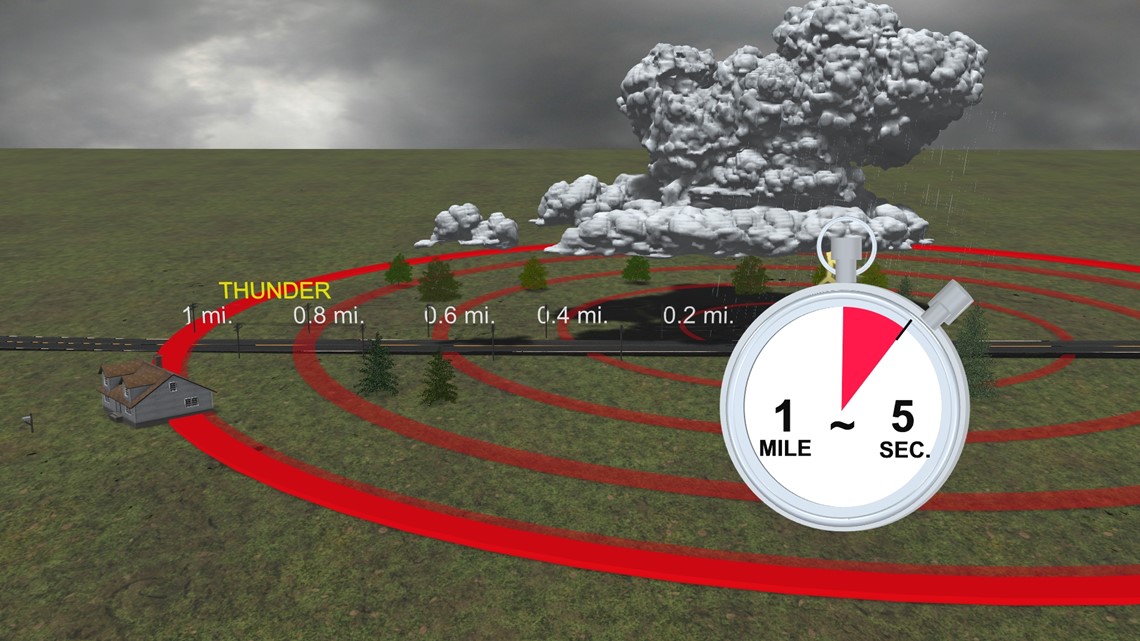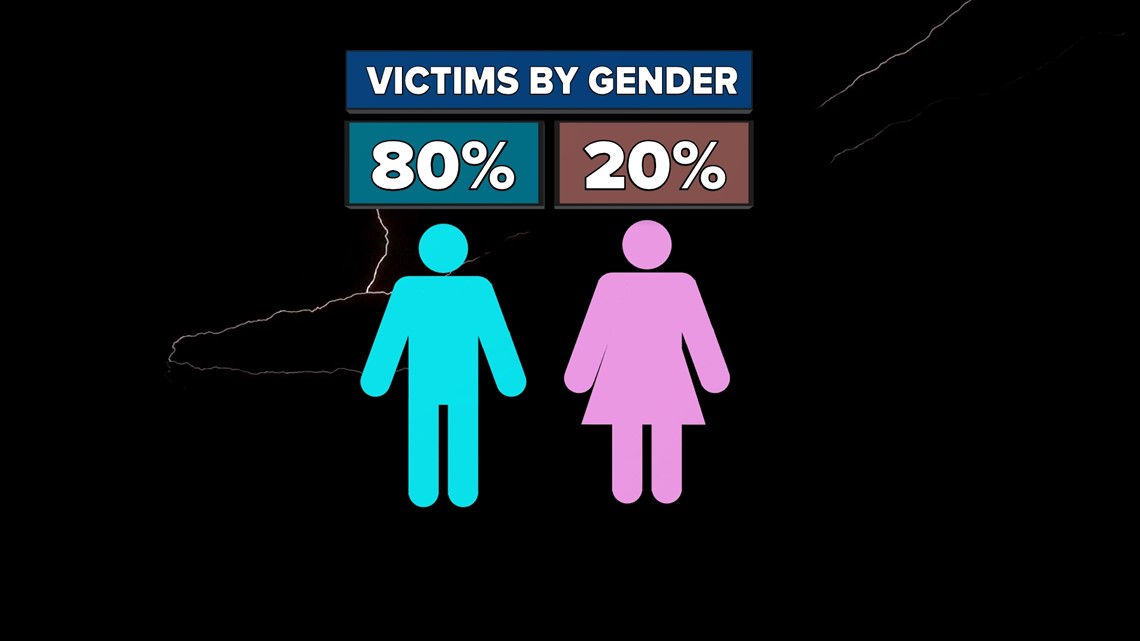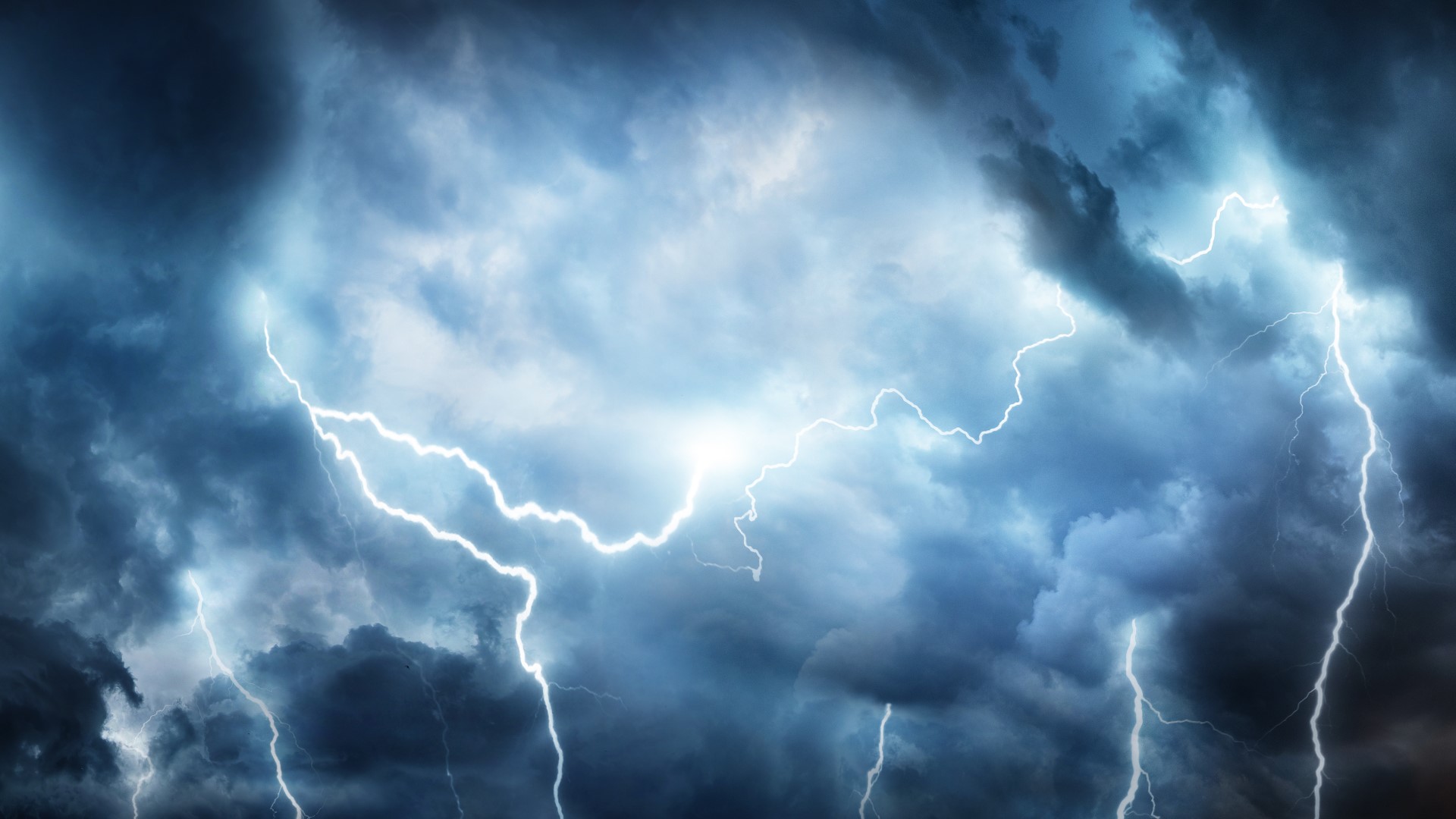CHARLOTTE, N.C. — Monday, March 7 is the start of Severe Weather Preparedness Week, and on this edition of Weather IQ, we're talking about lightning, one of the most common elements of severe weather in the Carolinas.
What to Know About Lightning:
It’s one of the most underrated weather phenomena and it makes a frequent occurrence here in the Carolinas.
Over 75% of the lightning strikes for the year in North Carolina happen over a three-month span: June, July and August.
Some lightning bolts are stronger than others. Whenever you see a defined single bolt, they are typically 10 times brighter, 10 times stronger and 10 times louder. These are the ones that shake the house. This is called a positive lightning bolt. These originate from the top of a thunderstorm which allows them to be stronger and the most deadly.
About 90% of all lightning bolts are negatively charged and tend to branch out instead of crashing straight to the ground. Lightning can heat its pat through the air up to five times hotter than the surface of the sun! That means a bolt of lightning can be over 50,000 degrees!
A few facts to check:
Lightning CAN strike the same place twice. A tall structure, like the Empire State Building, is struck about 25 times per year.
How we count how far away lightning is is a common weather misconception. Most of us know that when you see lightning you count Mississippis until you hear thunder.
Say If you count five seconds. That is five miles away right? WRONG.
There’s one more step.
You have to divide by five. The reason? It takes sound five seconds to travel one mile.


So a five-second count actually means the storm producing lightning is only ONE mile away.
Some do's and don'ts:
- Go inside when you see lightning or hear thunder
- Stay indoors for 30 minutes after you last hear thunder
- Don't shelter under trees or open structures
- Don't touch electronics plugged directly into the wall or use running water when a storm is near
- If your home is struck, you could be too while inside
Lightning deaths decreasing:
People are safer than they once were in years past when it comes to lightning. We saw the fewest lightning deaths in 2021 than any year dating back to 1940, with just 10 total.
Check out how the yearly averages decreased per decade. Moving from the triple digits to now the teens.
However, of all the recorded lightning deaths, over 80% of them were males.



